What is Brace?
Dental braces are devices that are placed directly on teeth in order to move them. Right now braces are the most common method for achieving optimally aligned teeth. Aside from straightening teeth, braces are used to improve the relationship of how our teeth come together between the upper and lower jaws. Braces for tooth movement fall under the dental specialty of “orthodontics” which is the study and treatment of improper bites (malocclusion). Orthodontic treatment with braces is used for cosmetic as well as functional improvement in respect to teeth position.
Who is a Good Candidate for Braces?
Braces can be for any age group, but there are optimal times to begin treatment. These days, it is recommended that children have an orthodontic evaluation at the age of 7 to determine if early intervention is needed or advantageous. If recommended, early intervention optimizes results by taking advantage of a child’s skeletal bone growth and may require two-phase orthodontic treatment.
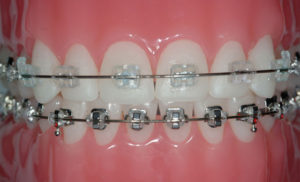
The first phase (“phase-one”) is considered interceptive orthodontic treatment as it addresses overcrowding of teeth or bite problems at an ear
ly age. As an example of interceptive treatment, a narrow upper jaw that has crowded teeth and does not fit correctly with the lower jaw can be widened with an expansion device called a “palatal expander.” This lets the upper jaw line up better with the lower jaw and al
lows room for upper teeth to fit in alignment. Widening the palate can only occur during a small window of time in a growing child before the bone becomes too developed to change. During “phase-one,” braces may or may not be used depending on the specific situation.
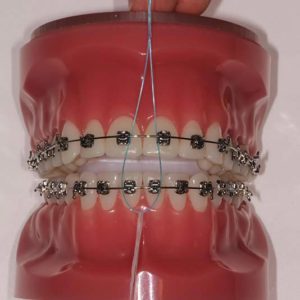
After “phase-one,” there is a resting period to allow most or all of the permanent teeth to come in. Around the age of 12 or 13, “phase-two” treatment may begin. During this phase, the alignment of all the permanent teeth is addressed using full braces.
If the window of time for two-phase orthodontic treatment has already passed, results can still be achieved with only one phase of treatment. However, if there is significant crowding of teeth, dental extractions may be required to create room for teeth to move into alignment. Another method for creating room for teeth movement is called “interproximal reduction” (IPR). IPR involves minimal removal of tooth structure on the sides of the teeth to create more room. This method is limited to mild teeth crowding.
Essentially, anyone who desires to have straighter teeth or improve their bite may be a good candidate for braces. A thorough evaluation with a qualified clinician is very important in determining whether one is a good candidate for braces.


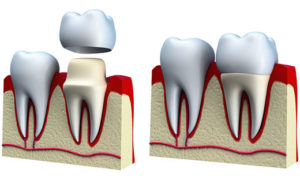
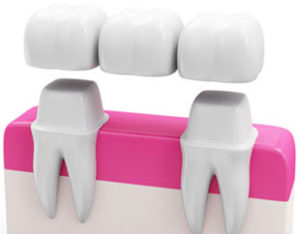
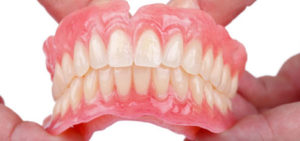
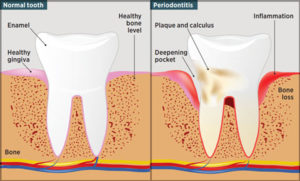 Scaling and polishing (teeth cleaning) is usually done at regular 6 monthly intervals to remove plaque and tartar from above the gum line and to remove stains from red wine, tea of coffee that have built up over the part few months. The removal of stains and tartar will give you nice white teeth while the removal of the bacteria in plaque can prevent more severe forms of gum disease from occurring
Scaling and polishing (teeth cleaning) is usually done at regular 6 monthly intervals to remove plaque and tartar from above the gum line and to remove stains from red wine, tea of coffee that have built up over the part few months. The removal of stains and tartar will give you nice white teeth while the removal of the bacteria in plaque can prevent more severe forms of gum disease from occurring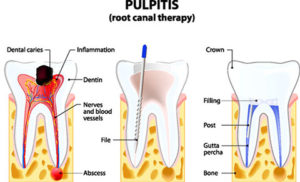 Root canal treatment is designed to eliminate bacteria from the infected root canal, prevent reinfection of the tooth and save the natural tooth. When one
Root canal treatment is designed to eliminate bacteria from the infected root canal, prevent reinfection of the tooth and save the natural tooth. When one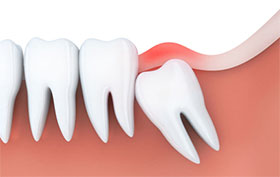 Wisdom teeth are the third and final set of molars that most people get in their late teens or early twenties. Sometimes these teeth can be a valuable asset to the mouth when healthy and properly aligned, but more often, they are misaligned and require removal.
Wisdom teeth are the third and final set of molars that most people get in their late teens or early twenties. Sometimes these teeth can be a valuable asset to the mouth when healthy and properly aligned, but more often, they are misaligned and require removal.












